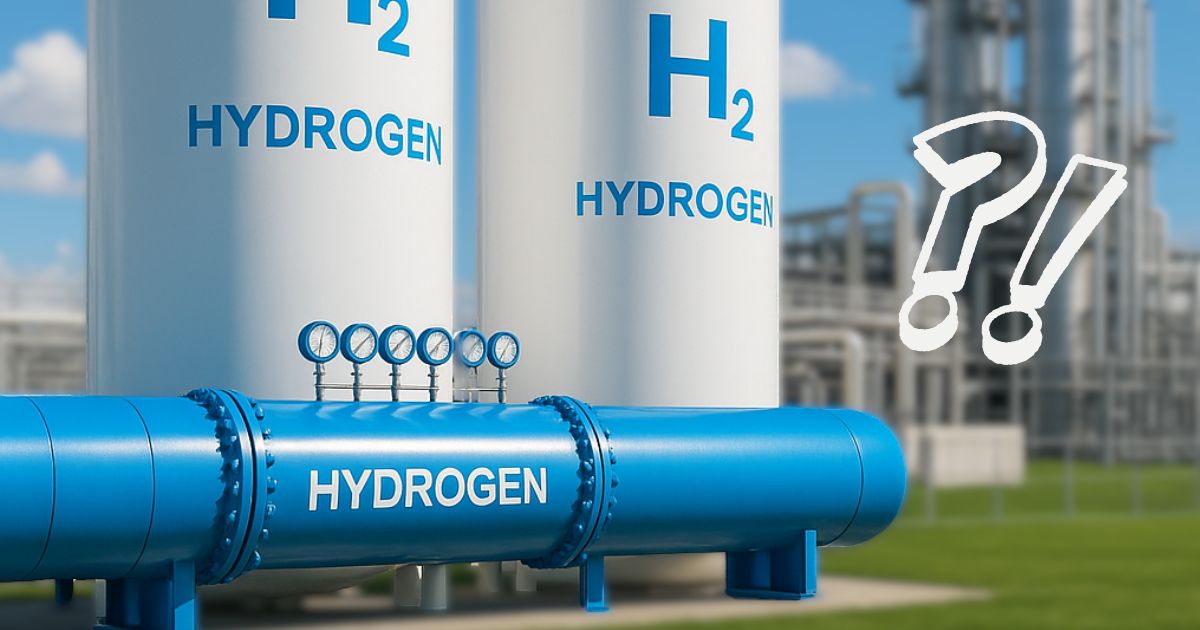Facts and myths about hydrogen technology: what’s true and what’s not?

Introduction
Hydrogen is considered one of the most promising future technologies for sustainable mobility.
But it is also surrounded by a number of half-truths, fears and myths that can hinder its spread.
In this article, we look at the most common facts and myths about hydrogen technology and clarify where the truth lies.
Myth 1: Hydrogen is too dangerous for everyday use
Hydrogen is an extremely light gas and will quickly dissipate into the air if it escapes.
In addition, modern hydrogen technologies meet stringent safety standards and tests.
With proper system design and integration, the safety of hydrogen vehicles is comparable to traditional propulsion systems.
Myth 2: Hydrogen technology is too expensive and will never spread
Yes, currently the cost of some components is higher.
But as with other innovations (e.g. solar, battery systems), prices are gradually falling as production volumes increase and infrastructure develops.
Hydrogen is an investment in the future, bringing new opportunities for both transport and industry.
Myth 3: Hydrogen production is not environmentally friendly
It depends on the production method.
Hydrogen can be obtained from a variety of sources – from natural gas to electrolysis from renewable sources.
Green hydrogen, produced using renewable energy, is the path to truly sustainable mobility and industry.
Myth 4: Hydrogen infrastructure is unaffordable
Although the infrastructure is still at an early stage of development, projects to build hydrogen refuelling stations and industrial solutions are progressing at a high pace, especially in Europe.
Companies and cities that invest in hydrogen now will be among the first to realise its full potential.
Myth 5: Hydrogen is only a temporary solution
Hydrogen technology has a wide range of applications: from heavy goods transport, to industry, to energy storage.
Their flexibility and ability to replace fossil fuels in areas where batteries are not practical guarantees hydrogen an important place in the future of both mobility and energy.
Conclusion
Hydrogen technologies offer new opportunities for sustainable transport and industry.
Their development is not a matter of years, but is already underway right now.
At Mobility & Innovation Production, we see hydrogen as one of the pillars of the future of mobility – a technology that delivers real solutions for a greener and more efficient future.
If you are interested in how hydrogen solutions could also help your project, we would be happy to get in touch with you.